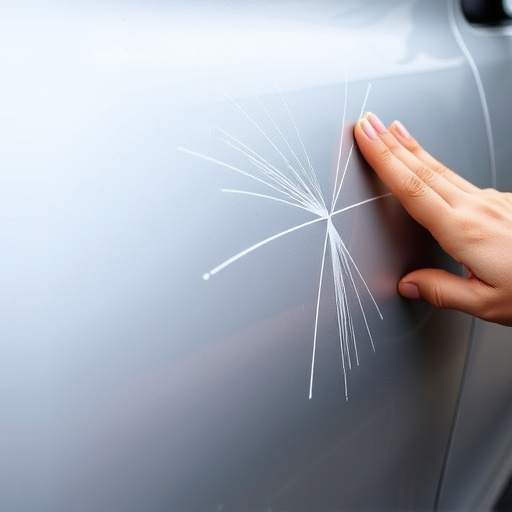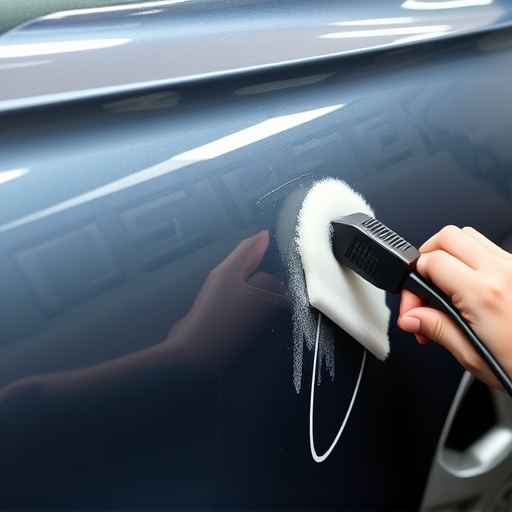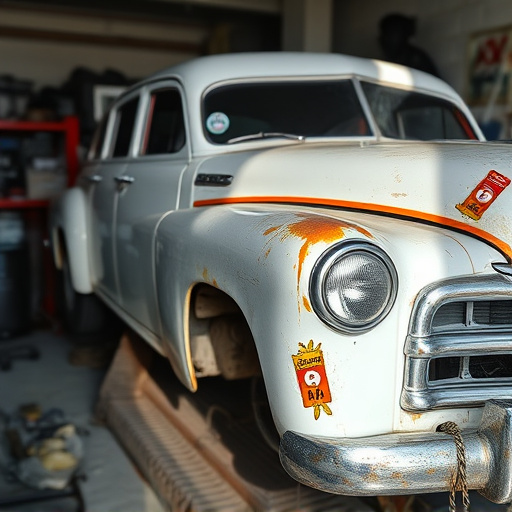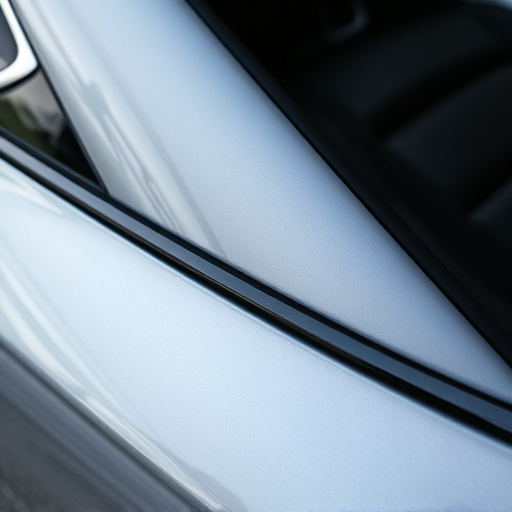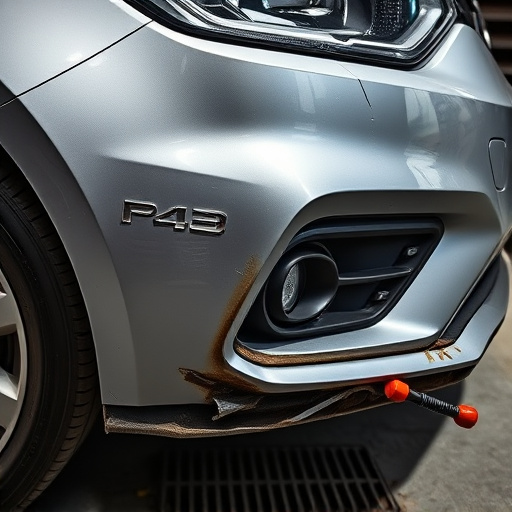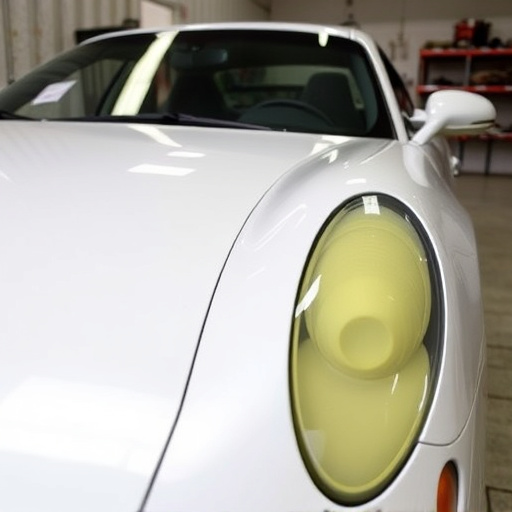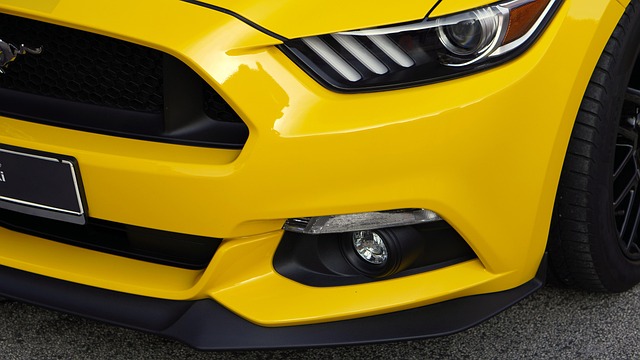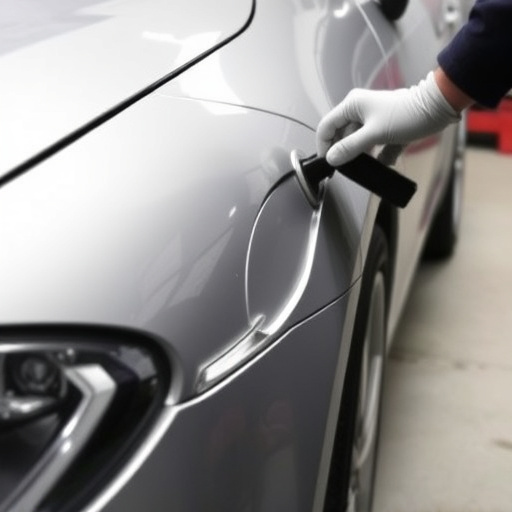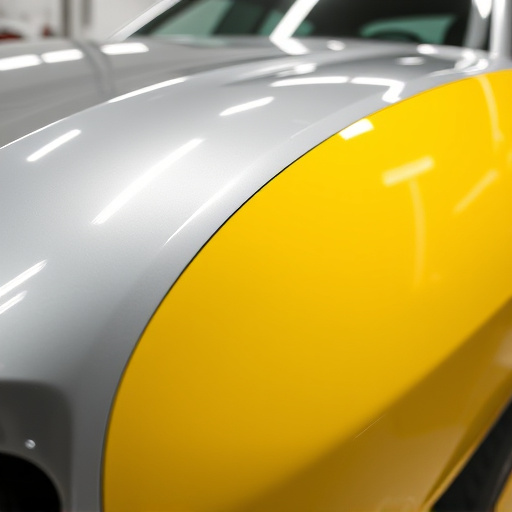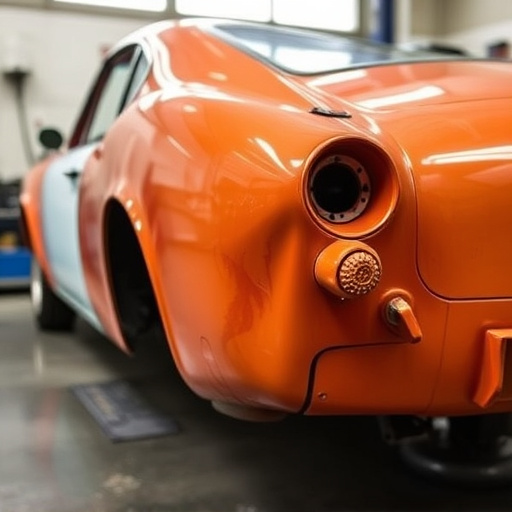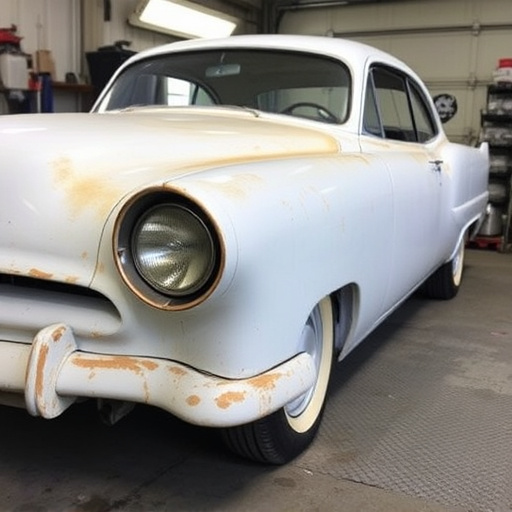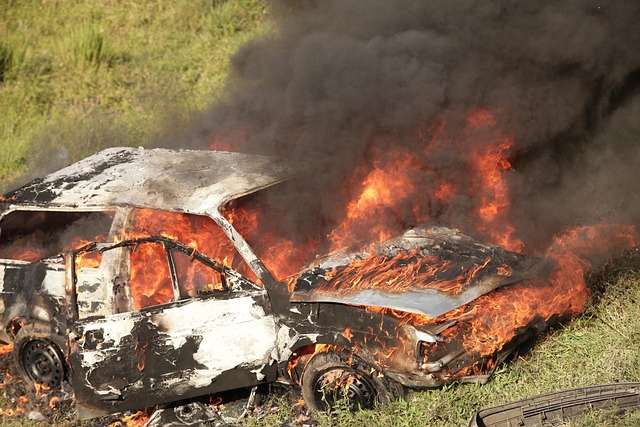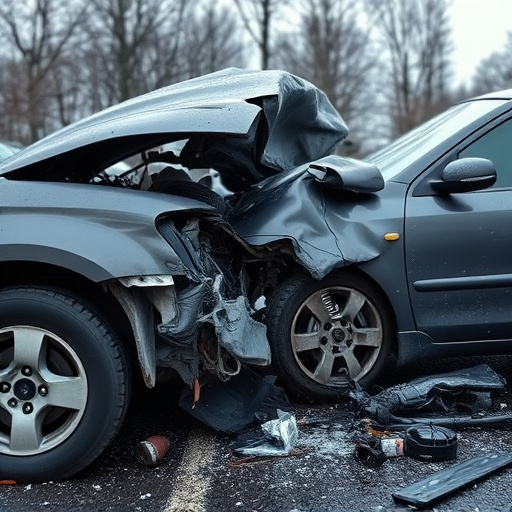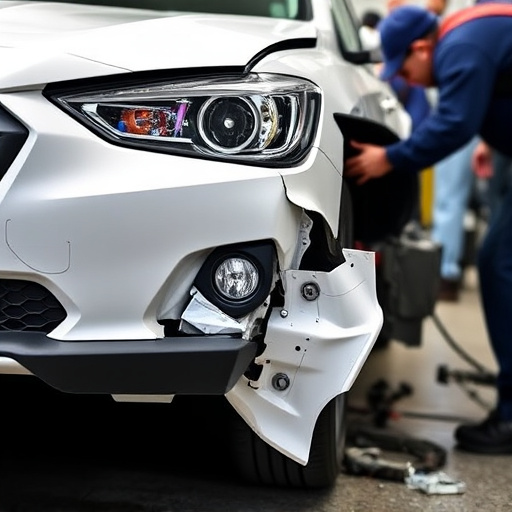Successfully passing a vehicle delivery inspection is crucial for safety and roadworthiness. Jurisdictions and dealerships require post-inspection checks on critical components like brakes, lighting, tires, and exhausts. Prompt action on identified issues, such as auto glass or bumper repairs, ensures vehicle quality. Updating maintenance records with inspection findings promotes proactive care, preventing future problems that could lead to costly repairs.
After passing your vehicle delivery inspection, what comes next? This guide explores the crucial steps and considerations post-inspection, ensuring a smooth transition from approval to final delivery. We’ll delve into understanding the requirements that follow, the immediate actions you should take upon successful passage, and common pitfalls to avoid to prevent delays or rejections. Stay informed and navigate the process effortlessly.
- Understanding Post-Inspection Requirements
- Next Steps After a Successful Pass
- Common Pitfalls to Avoid Following Approval
Understanding Post-Inspection Requirements
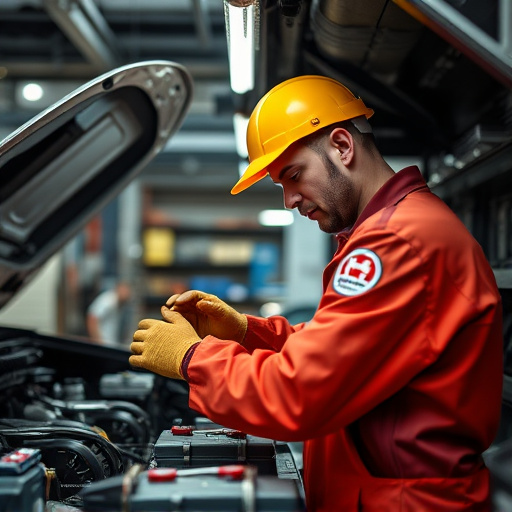
After successfully passing your vehicle delivery inspection, understanding the next steps and requirements is crucial. Many jurisdictions and car dealerships have specific post-inspection protocols to ensure the safety and roadworthiness of newly delivered vehicles. These may include additional checks on critical components like brakes, lighting systems, tires, and exhausts. For high-end brands like Mercedes Benz, ensuring top-notch condition before delivery is paramount, often involving meticulous inspections by specialized technicians who are trained in both brand-specific repairs and general vehicle maintenance.
Depending on the results of the initial inspection, some minor fixes or adjustments might be needed. This could range from auto glass repair for cracks or chips to more intricate auto body repairs. It’s important to stay informed about these requirements and any necessary actions, ensuring your vehicle meets all standards before taking it on the road. Effective communication between the delivery team, mechanics, and dealership staff is key to a smooth transition, ensuring customer satisfaction and the delivery of a superior quality vehicle.
Next Steps After a Successful Pass
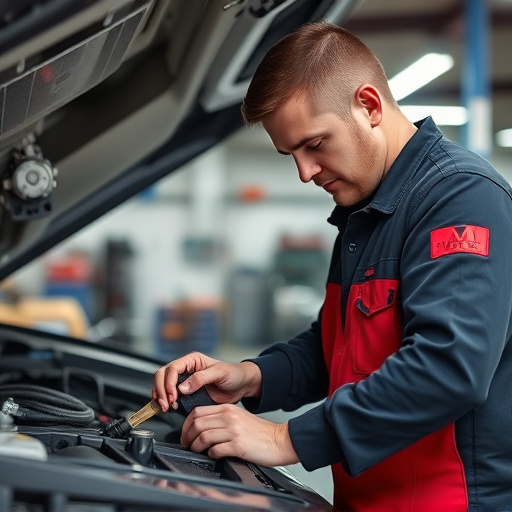
After successfully passing your vehicle delivery inspection, the next steps involve ensuring that all minor issues identified during the process are addressed promptly to maintain optimal vehicle condition. This includes scheduling any recommended auto glass repair or bumper repair services as soon as possible. Engaging reputable vehicle repair shops for these services guarantees high-quality workmanship and safety standards.
Additionally, take advantage of this period to conduct a thorough review of your vehicle’s maintenance history. Update your records with the recent inspection findings and schedule regular servicing to prevent future issues. This proactive approach not only ensures your vehicle’s longevity but also makes it easier to track potential problems before they turn into costly repairs.
Common Pitfalls to Avoid Following Approval
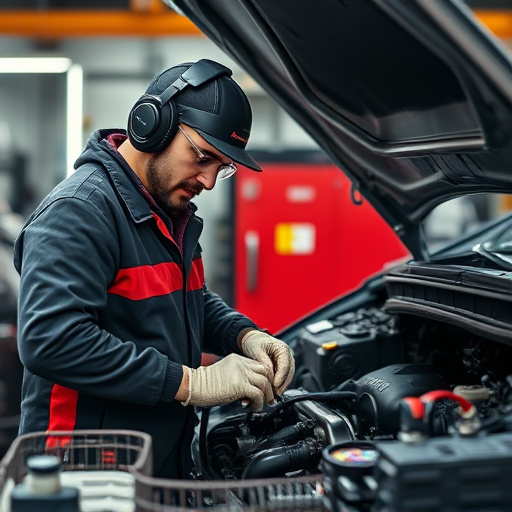
While passing your vehicle delivery inspection is a significant milestone, it’s crucial to stay vigilant and avoid common pitfalls that could lead to issues down the line. One frequent mistake is neglecting routine maintenance checks after approval. Remember, a well-maintained vehicle performs better and has fewer surprises. Regular services like oil changes, tire rotations, and autobody repairs can prevent major problems and ensure your car remains in top condition.
Another trap to steer clear of is delaying addressing any red flags that arise post-inspection. Even minor issues like a weird noise or unusual vibrations should be investigated promptly. Ignoring these signals could escalate into more costly vehicle repair services. Timely attention can save you from bigger, unforeseen expenses and keep your delivery experience smooth and stress-free.
After successfully passing your vehicle delivery inspection, it’s crucial to understand and fulfill post-inspection requirements to ensure a smooth transition. This includes adhering to any necessary repairs or modifications suggested during the inspection. By swiftly addressing these issues, you’ll maintain compliance and avoid potential delays. Remember, staying informed about the next steps post-pass and avoiding common pitfalls will streamline the entire vehicle delivery process, ensuring a positive experience for all involved parties.
